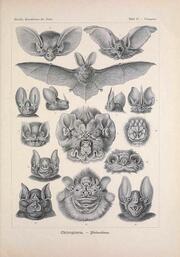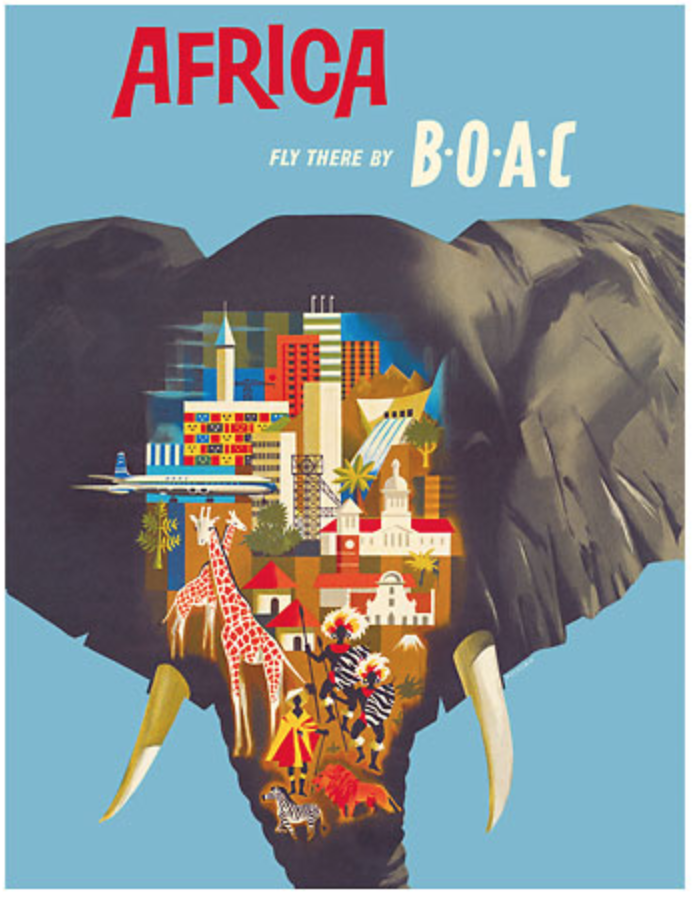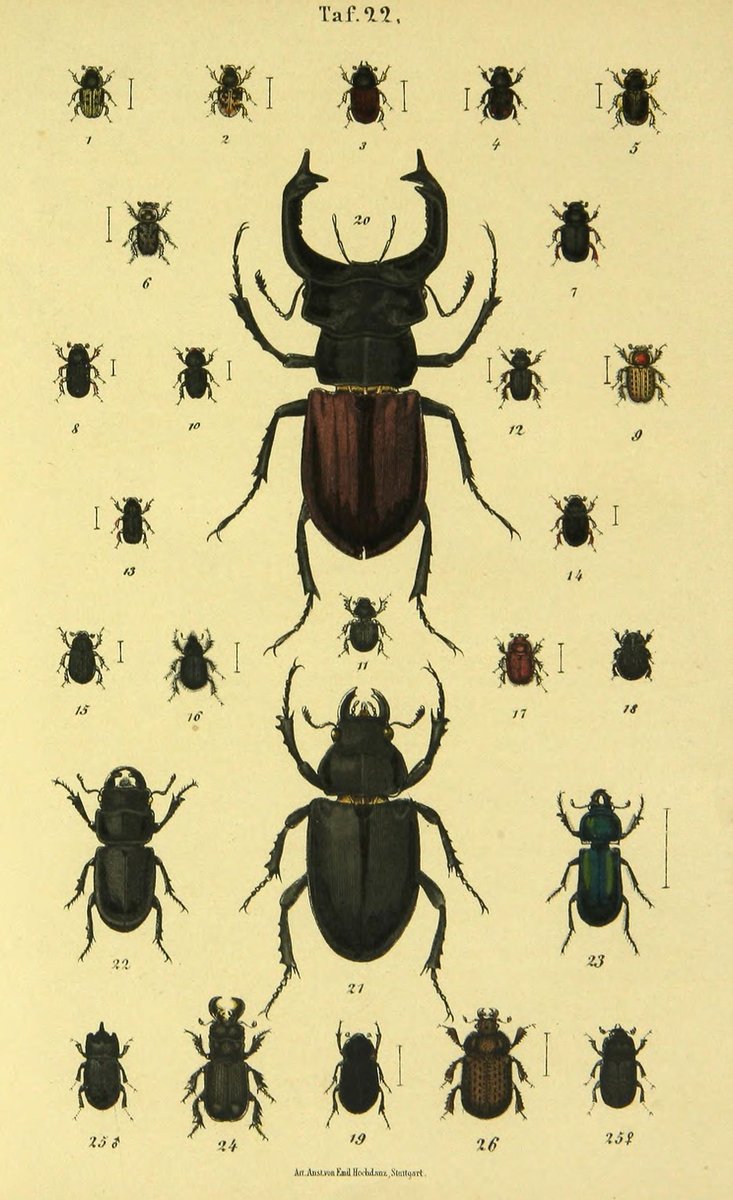|
Imagine a place where hippos and humans live side by side. A place where Humpback whales breach just beyond the breakers in the Indian Ocean and the endangered Black rhinoceros finds safe harbour. The name ‘iSimangaliso’ means miracle and wonder, and you certainly find it in spades when exploring this precious park. The 332000-hectare iSimangaliso Wetland Park stretches from the iMfolozi swamps and Maphelane in the south stretching all the way north to Kosi Bay, where it meets the Mozambican border. It all exists thanks to mining. The rolling dunes of this area are rich in titanium, but their pillaging was halted after public outcry and the area was declared a World Heritage Site in December 1999. Tata Mandela put it best with this popular quote: “iSimangaliso must be the only place on the globe where the world’s oldest land mammal (the rhinoceros) and the world’s biggest terrestrial mammal (the elephant) share an ecosystem with the world’s oldest fish (the coelacanth) and the world’s biggest marine mammal (the whale).” The park and World Heritage Site is most easily accessed from the tropical village of St Lucia, but not many know that it is divided into two sections. It’s time to meet the Western and Eastern Shores. Isimangaliso: One fine evening in the West‘By 2025 the plantations should be removed’, said my guide, Shaun, at Makakatana Bay Lodge. ‘Once these trees are harvested, no more pine or eucalyptus will be planted’. Makakatana is the only concession lodge in the Western Shores section of the park, which is accessed by the Dukuduku Gate. Making my way from west to east, this lodge makes the perfect start to a three-day stay in iSimangaliso. This area of the park is divided from the Eastern Shores section by the winding St Lucia Estuary. The access gate was only installed in 2013 because this area was previously covered in forestry plantations, which was not very inviting to tourists. Over almost a decade, iSimangaliso has removed thousands of hectares of alien plant life rehabilitating the natural landscape so the historically occurring game could return and flourish once again. Connected via a series of boardwalks, to keep you out of the hippo highways that lead to water and allow the timid bushbuck to tiptoe below, Makakatana Bay Lodge offers six elegant bungalows. They feature zen-like sliding mesh doors that invite the dune forest setting inside and plenty of fresh air. Historically, Makakatana Bay, perched on the edge of Lake St Lucia, was a commercial crab-fishing hotspot and you can still find the old concrete block building where they were stored away from the sun once fished from the water. A game drive in the area now yields sights such as journeys of giraffe, dazzles of zebra, grumpy buffalo bachelors and - if you’re lucky - even herds of elephant. Although we didn’t see them, we certainly heard them cracking through branches in the surrounding bush when we sat around the fire to a fine dinner. Thicktailed bushbabies also joined us, hopping about in the branches above. Their eerie cries joined the sounds of snapping branches and hippos harrumphing nearby, only to be punctured by a hyena whooping into the night. I took a moment to appreciate the noise. This incredible chorus didn’t exist a few years back and it was all conducted below a blazing canopy of stars. The following morning, I set sights on the beach. The only way to get to the ocean is by going around and driving back into the town of St Lucia. Taking it easy, I meandered the uMphathe Loop (with its Kweyezalukazi Lookout) and uMdoni Loop - both easygoing self-drive game-spotting routes - scouring the dry palmveld for creatures great and small. Giraffe have claimed this landscape as their own and elephants seem to prefer it here too. The uMthoma Aerial Boardwalk was a welcome break from the car and I got out to climb into the canopy of trees to see the sprawling Lake St Lucia from above and even Cape Vidal in the distance. My next destination. Finding Wild waters in the EastThe last time I visited Cape Vidal I was roughly seven years old. I used to visit often with my folks back when you could still drive on the beaches and there are photos of my sister and I buried in the sand, like the precious turtle eggs that call this area home. To honour my inner child, I started my exploration of the Eastern Shores with a snorkel safari. Rick and Elise Stadler are passionate St Lucia locals and share these wild waters with visitors coming to Vidal almost every day. They know where the currents are, how to find colourful shrimps, the best spots for ogling an octopus and point out diamond rays hidden in the sands. Beyond the rocky reefs, there are also Humpback whales to be spotted. Recently, WildOceans, Wildlife ACT (a conservation monitoring programme and Fairtrade-accredited volunteer project) in association with the iSimangaliso Wetland Park and various other conservation bodies and universities conducted the first humpback whale survey in nearly thirty years. If visiting in winter, you’ll find the whales working their way along this migratory route, moving north to breed in Mozambique from June to September, then doubling back during spring to reach the nutrient-rich waters of Antarctica. This section of the park is best for coastal camping, close-to-shore snorkelling and leopard-spotting. Just a couple of days before my plunge into the Indian Ocean, Rick and Elise had spotted a leopard with cubs on an early drive into the park to meet clients. Home to tropical dune forest thickets running along the coast of the Eastern Shores, leopard are often spotted in the park and their prints have even been found on the beach sand. These highly adaptable creatures are shy but they are often spotted in the village of St Lucia too. After a morning spent in the water with Rick and Elise, I make my way back to the said village. In kilometres, the drive is relatively short, but there are plenty of viewpoints and bird hides to see along the way and I enjoyed an entire afternoon exploring the Eastern areas of the park. The best stops are kuMfazana Pan on the Forest Loop drive, views over Catalina Bay and kuMziki lookout on the way to Mission Rocks - my last beach destination in the park. It’s better suited to fishing than swimming, but I am here for neither. Taking advice from the locals, I parked the car and walked past the fisherman, heading north. As the name suggests, Bat Caves is full of bats. Unusually full. The migratory Egyptian fruit bats can form colonies in these caves numbering up to 5000 or more in winter, but it’s the solitary walk there that came highly recommended. Just me and the wide, scenic beach, where, hoping hard, I studied the sands for any paw prints. Back in the car, I drive the last stretch to St Lucia. Picking up speed as the sunset draws nearer and with it the gate’s closing time, I snatch sight of a real-live leopard just as it darts swiftly across the tar road. It’s so quick and nimble I wonder if I really did see it. Only the presence of another car, it’s inhabitants just as awe-struck as me, proved the sighting to be true. To end off a wild day, there’s one last adventure. I wanted to experience the shores a little differently and enlisted the help of Kian Barker to see it under the cover of night. The owner of Shakabarker Tours, Kian has been driving here for over a decade and shows us how chameleons glow in the dark. With a light shining on them, chameleons give off a bright glow so they’re easier to spot when hidden in the foliage. Kian particularly wants to show me the tiny and endemic Sitara’s Dwarf Chameleon, but we find bushpigs, buffalo and more on the way. St Lucia: An unusual Island TownTechnically, St Lucia is an island - and I’m not talking about the famous one in the Caribbean. Completely surrounded by a park, this village is ensconced by wilderness with proof in the fact that hippos walk the streets at night in search of grazing, leopards are often caught cruising around on camera, bushbuck and duiker tend the lawns and many gardens feature warnings signs against the wildlife. By basing yourself in the village you get the best of both worlds - bush and beach with easy access to cocktails and croissants should a craving kick in. I end my stay with a classic. The St Lucia Estuary cruise is a sedate way to get close to the river horses and flat dogs of this sprawling lake system. There are hundreds of hippopotami that call these waters home, fish eagles cry out from tall river-side branches and it’s estimated that there are over 1000 Nile crocodiles cruising the area. Watching all this wilderness from the boat, I wonder if Nelson Mandela could’ve added some more achievements to iSimangliso’s track record. Not only is this magical place home to the world’s oldest land mammal, biggest terrestrial mammal, oldest fish and biggest marine mammal. It’s also the domain of the one of the oldest predators on earth (the crocodile), a sanctuary for one of the most persecuted large cats in the world (the leopard) and a testament to the fact that humans and hippos can (and should) live together. Where to stay in iSimangaliso Wetland Park and St Lucia1. Makakatana Bay LodgeMakakatana Bay Lodge is a luxury four-star, all-inclusive lodge situated inside the iSimangaliso Wetland Park in the Western Shores section. It’s a real spoil. 2. Enduduzweni TreehouseEnduduzweni Treehouse is a sweet stay tucked into the back of Elfie Camp’s back garden in the town of St Lucia. Set high amidst branches and birds, there’s also a complimentary bicycle to explore town (minimum two-night stay), 3. Cape Vidal campsitesCape Vidal campsites offer incredible access to the beach, but is sheltered by a small dune. Watch out for the mischievous monkeys. There are loads of rock pools and prime snorkelling areas close to shore for enjoying the marine marvels of this protected coastline. 4. Lodge AfriqueLodge Afrique has been revamped and features delightful Afro-chic touches, is cleverly laid out using a boardwalk and feels absolutely tropical. Just eight thatched suites offer an intimate four-star stay. 5. St Lucia EcolodgeSt Lucia Ecolodge has water-saving showerheads, electricity-saving LED lighting and a variety of room options for differing budgets (ask for the sea view rooms - unusual in St Lucia). Ask about their special ‘feast and beast’ combos which includes dining at the on-site Hog and Hippo Bistro and park activities. 6. Sunset LodgeSunset Lodge is in the town of St Lucia offers affordable self-catering log cabins that face the estuary and a beautiful central firepit. Try to nab the very front cabin for the best views. A version of this story first appeared in Sawubona magazine.
4 Comments
Marilyn Harley
18/7/2019 01:42:02 pm
Lovely article Melanie and such professional photos. I go to St Lucia every time I visit South Africa and love the place (will be there next week, as it hapens), however, I also truly love Kosi Bay. Look at Chinerera Eco Lodge (my Brothers Lodge) Isimangaliso Park is so diverse and the whole area has so much to offer
Reply
La Mavuso
1/9/2019 03:34:35 pm
WOW! Melanie! Your pictures are just too beautiful for words! Absolutely enjoyed this article
Reply
Leave a Reply. |
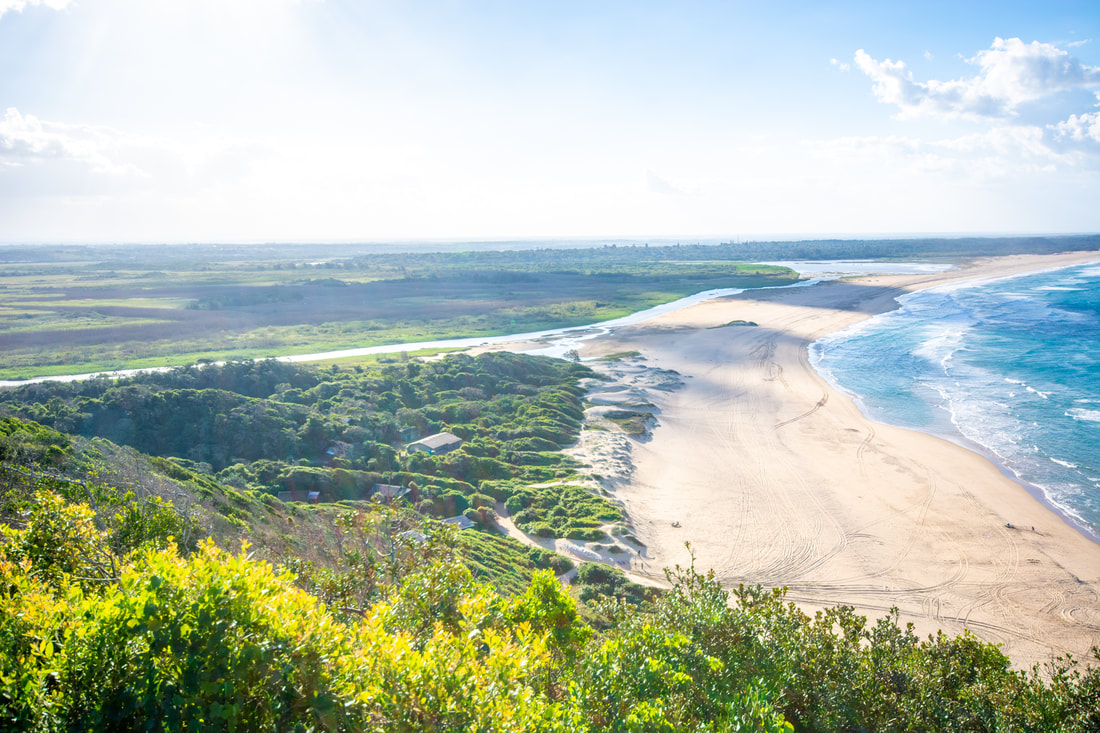
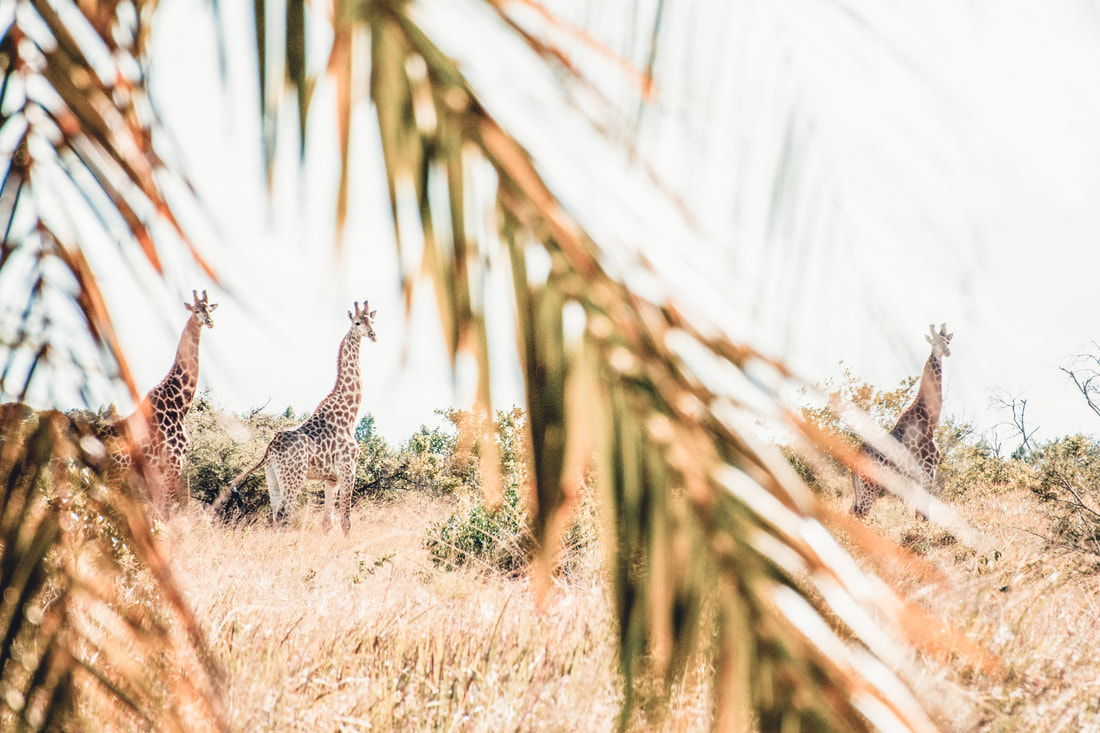
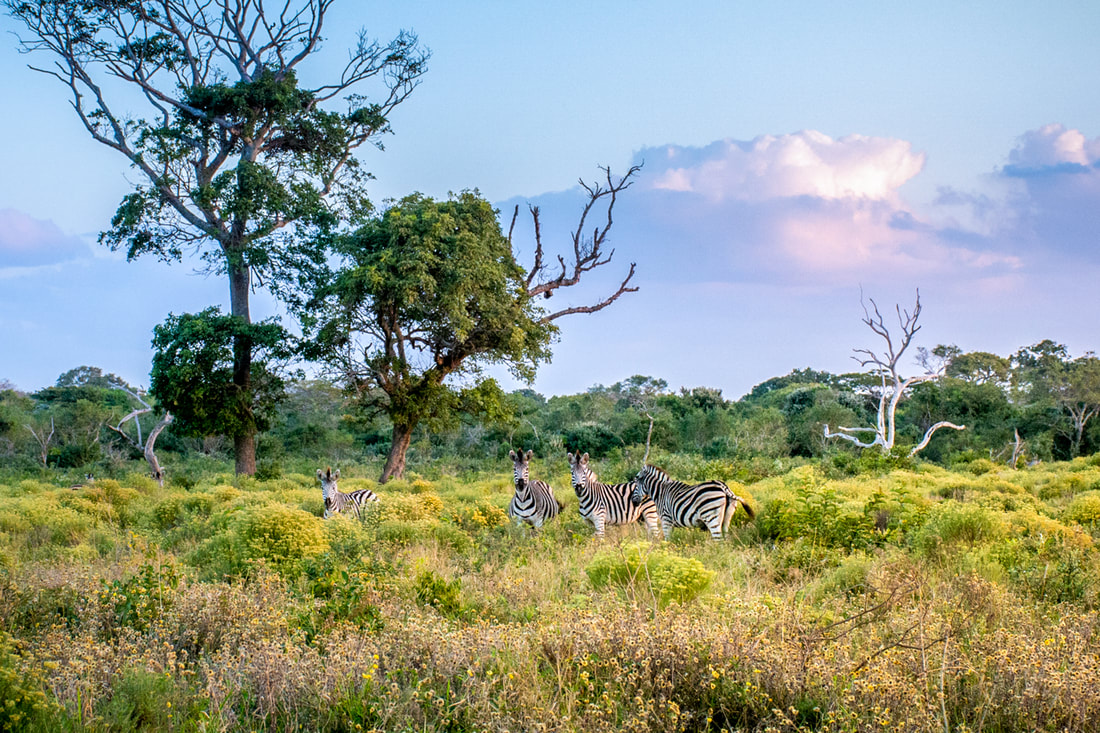
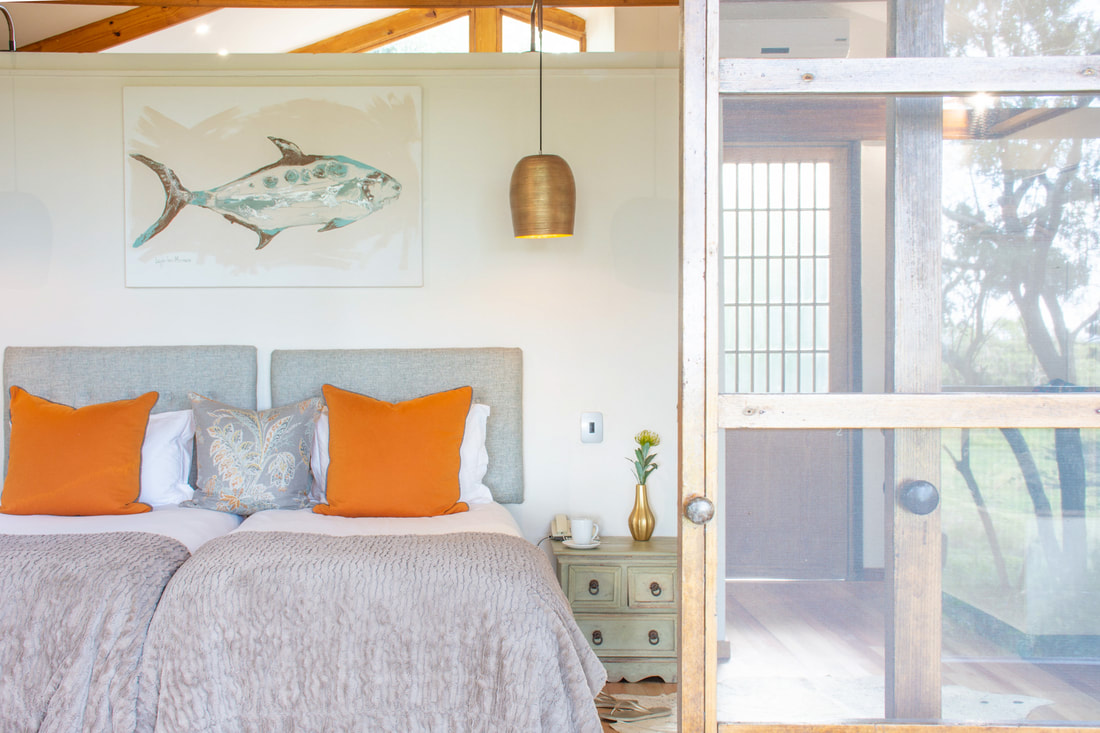
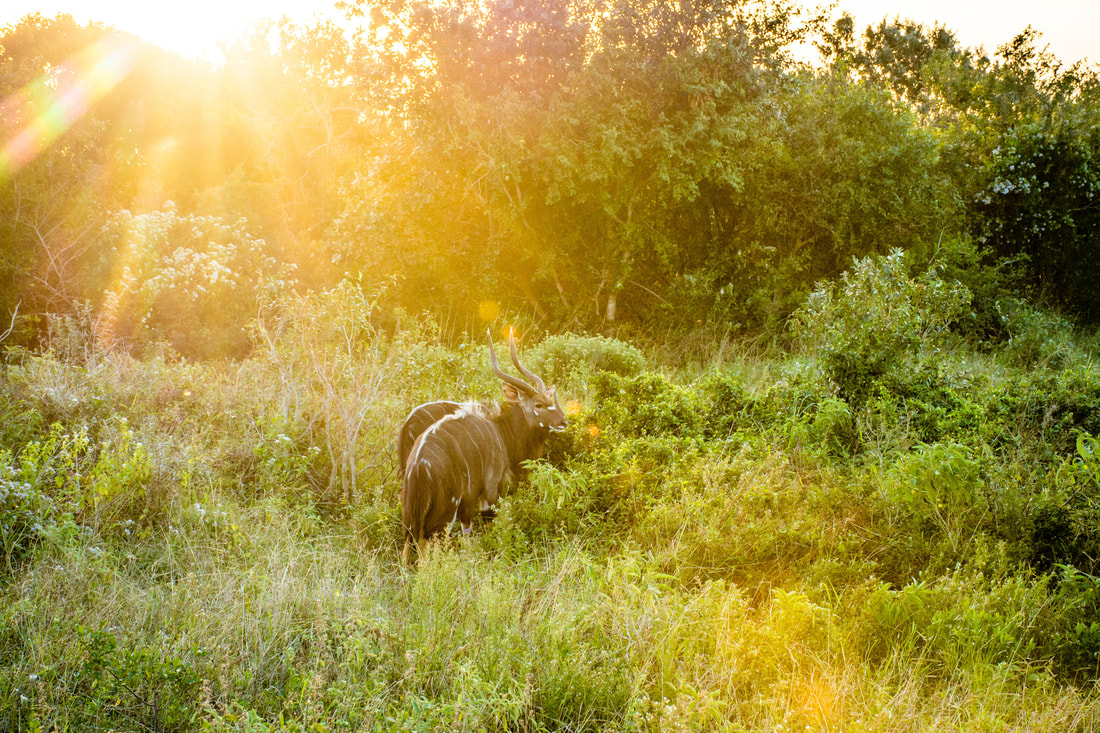
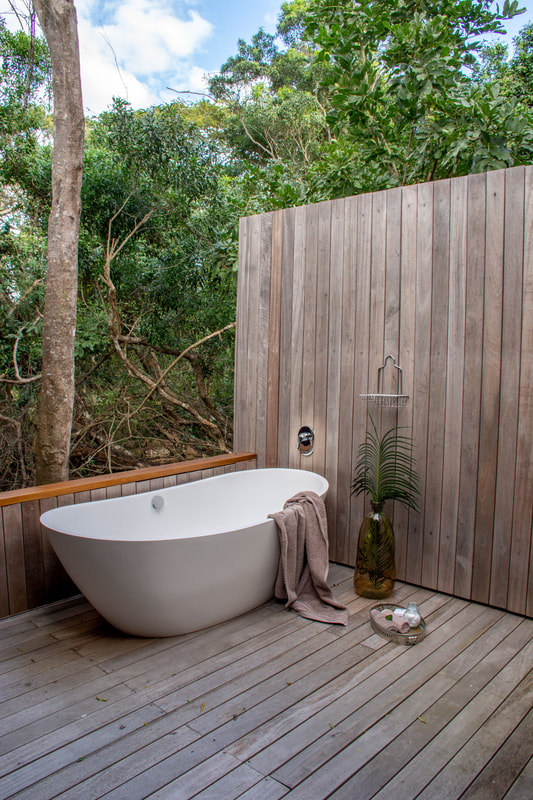

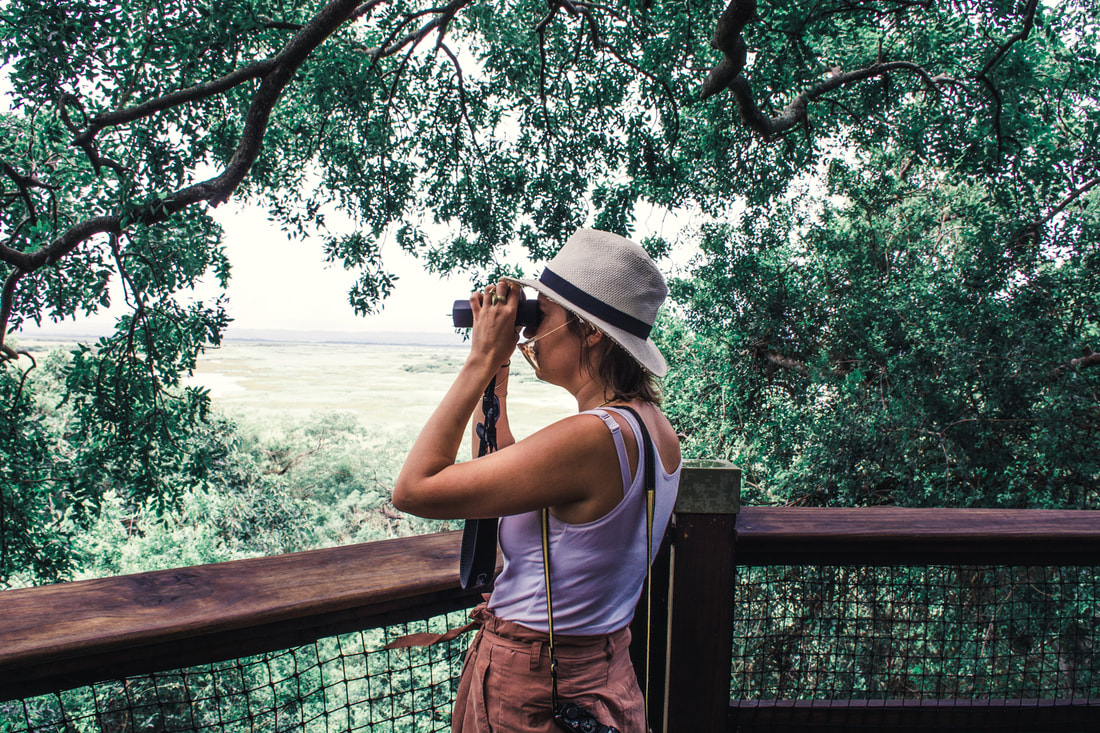
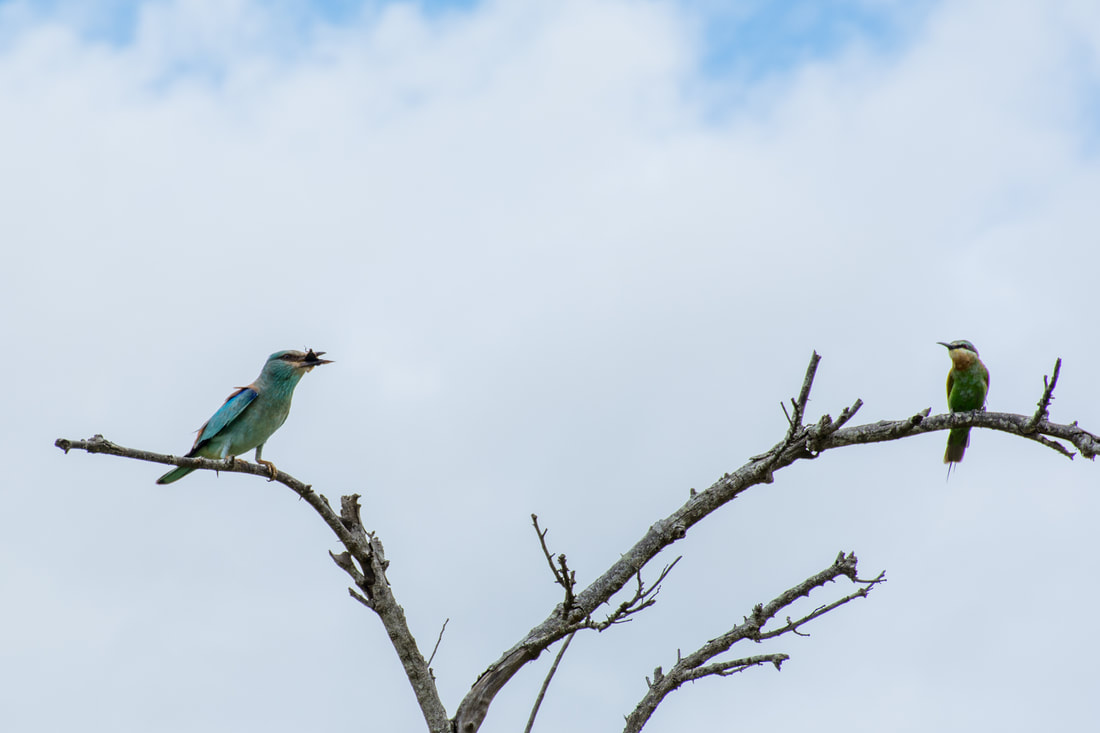
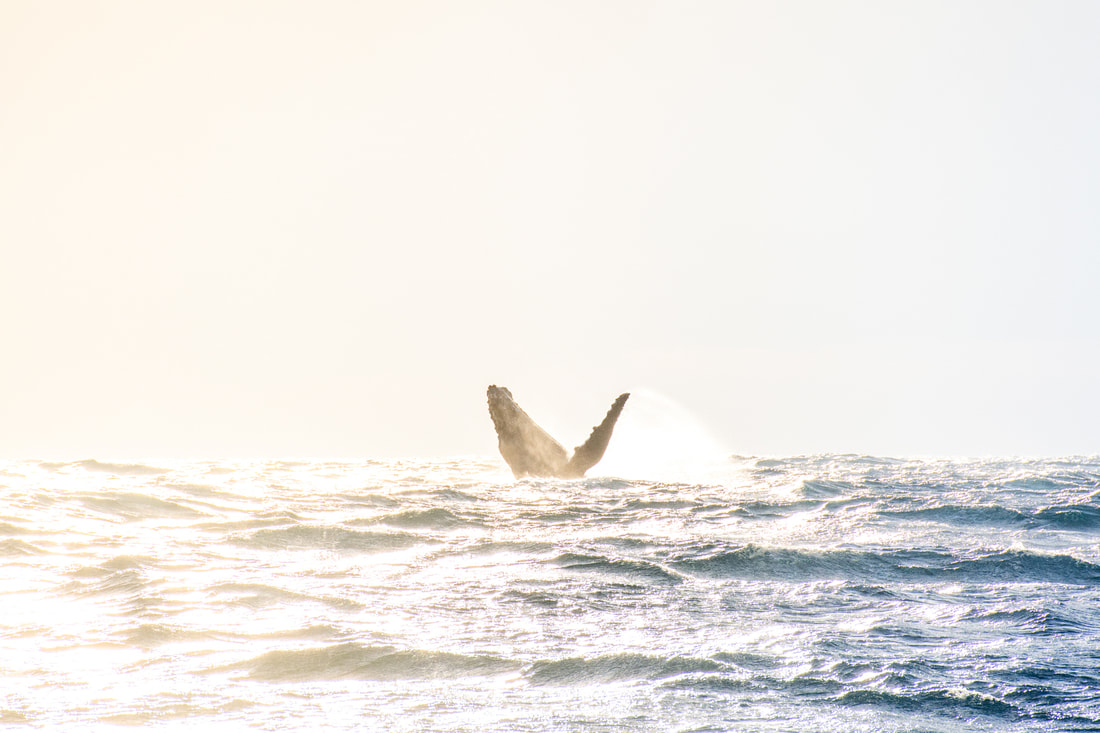
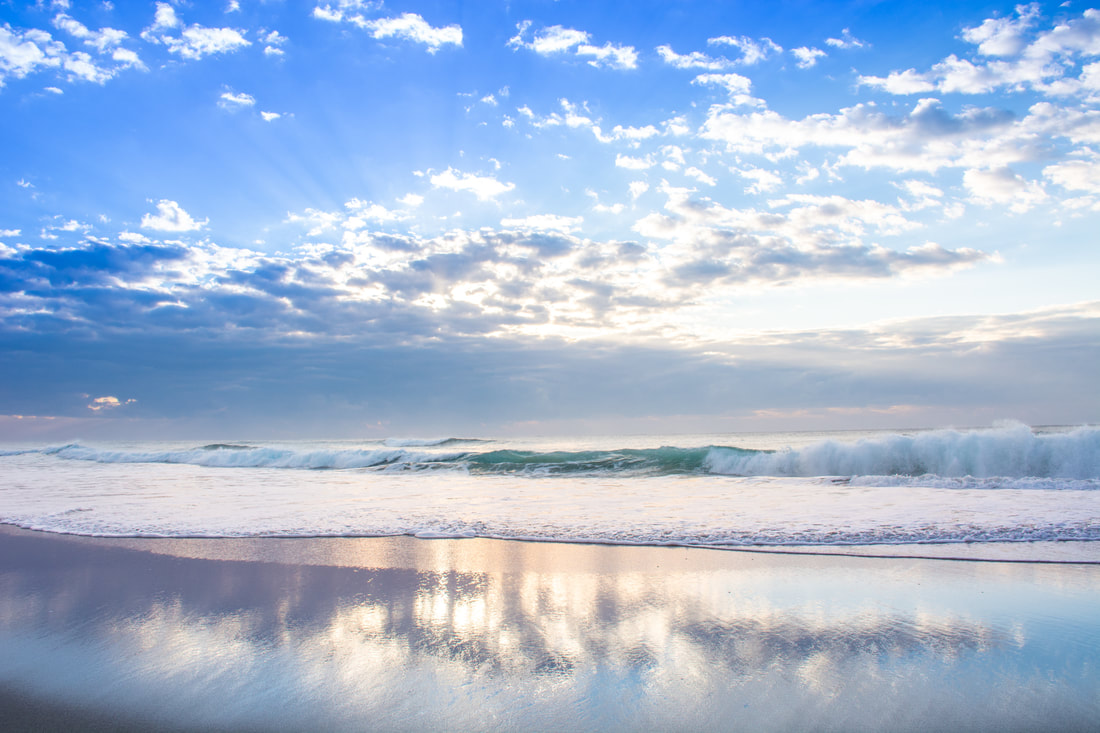
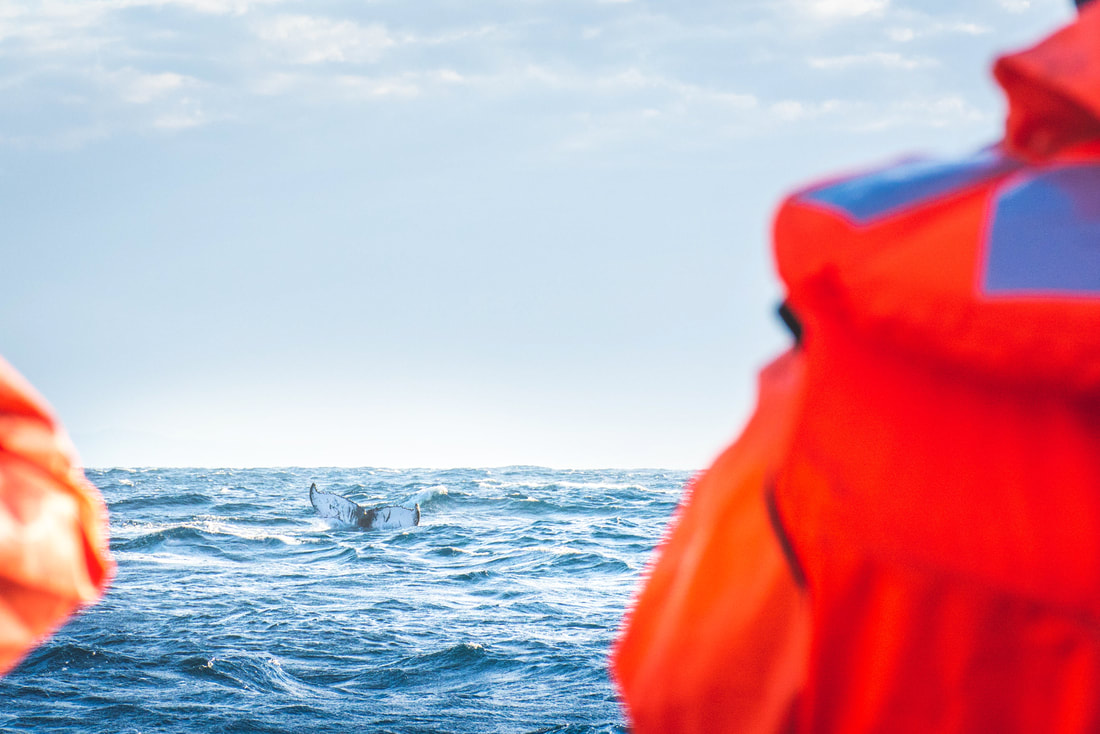
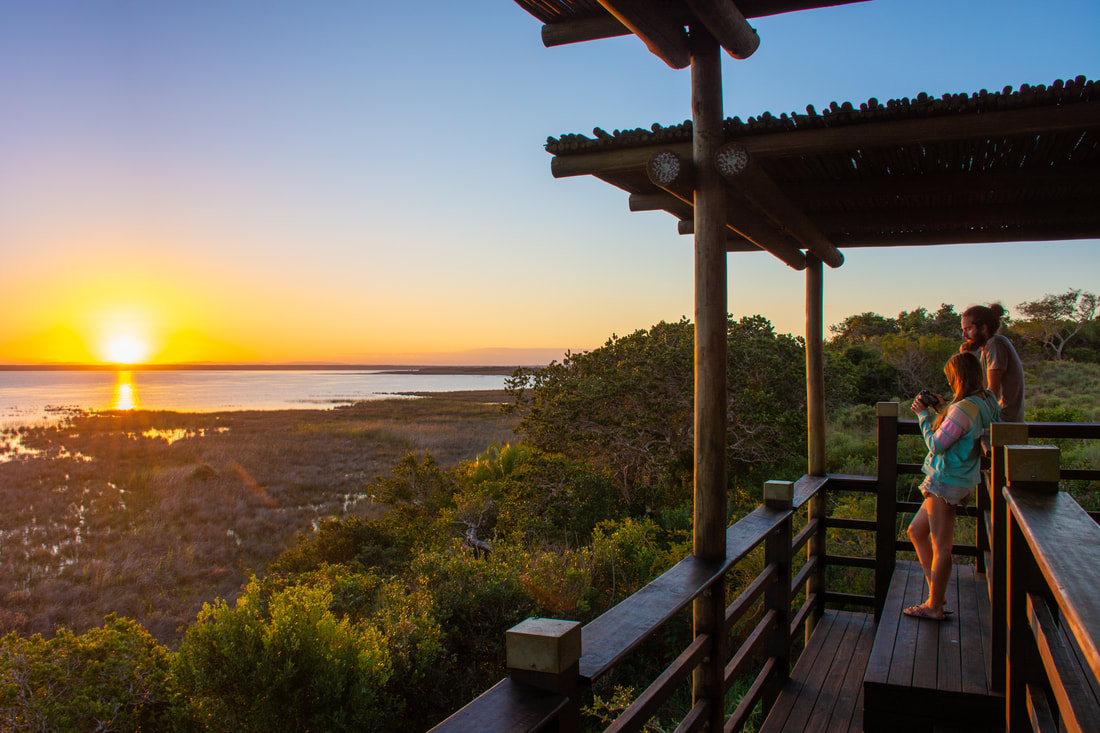
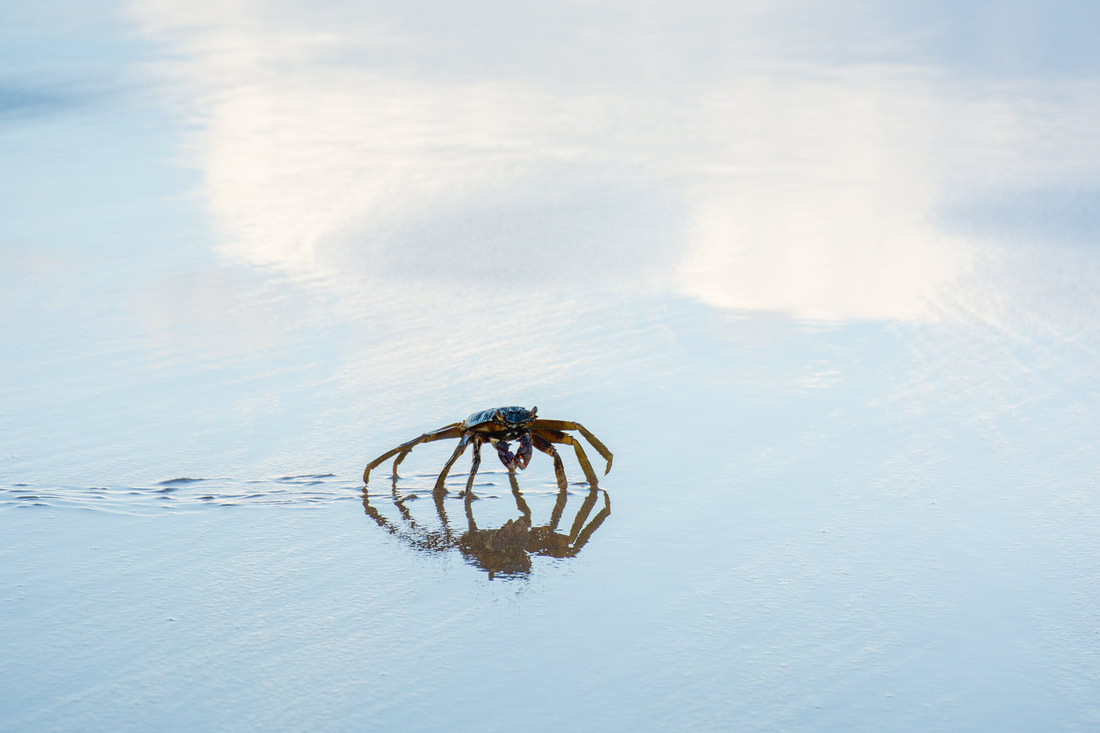
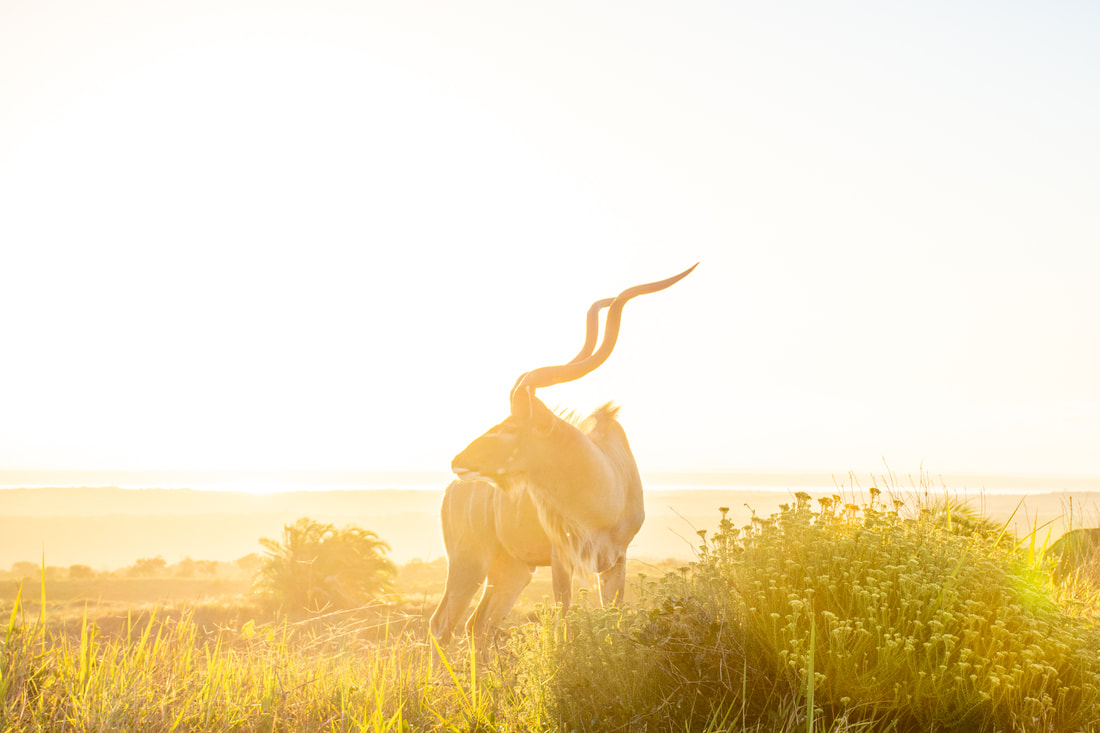
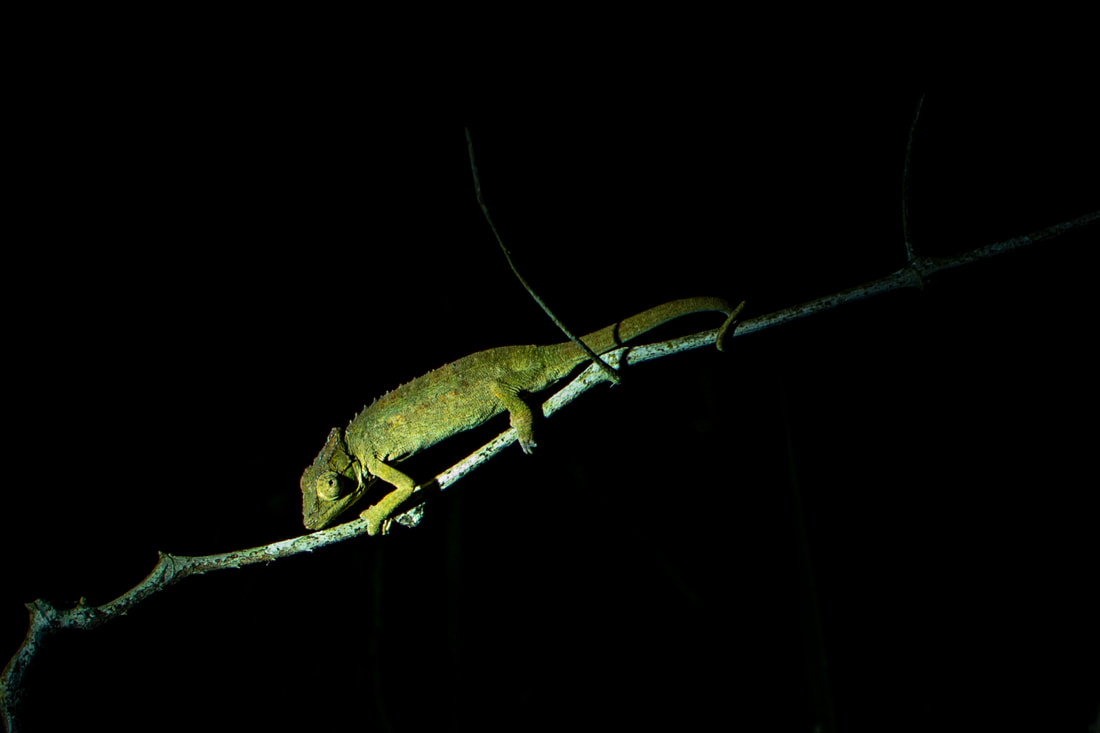
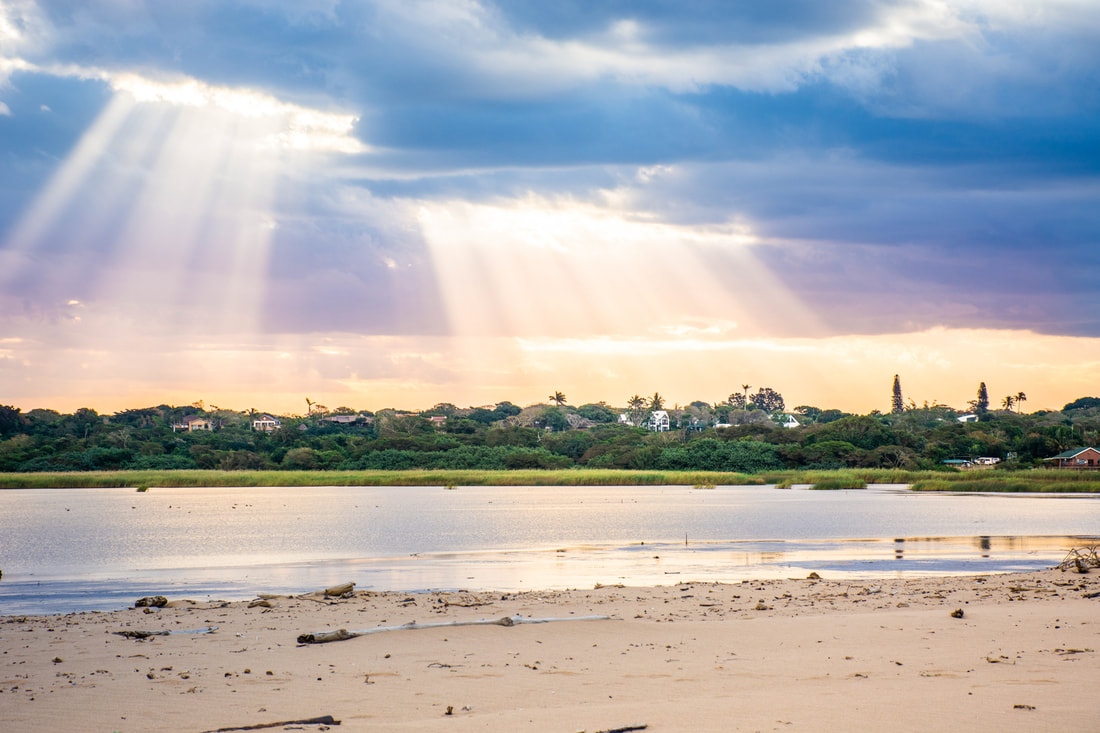
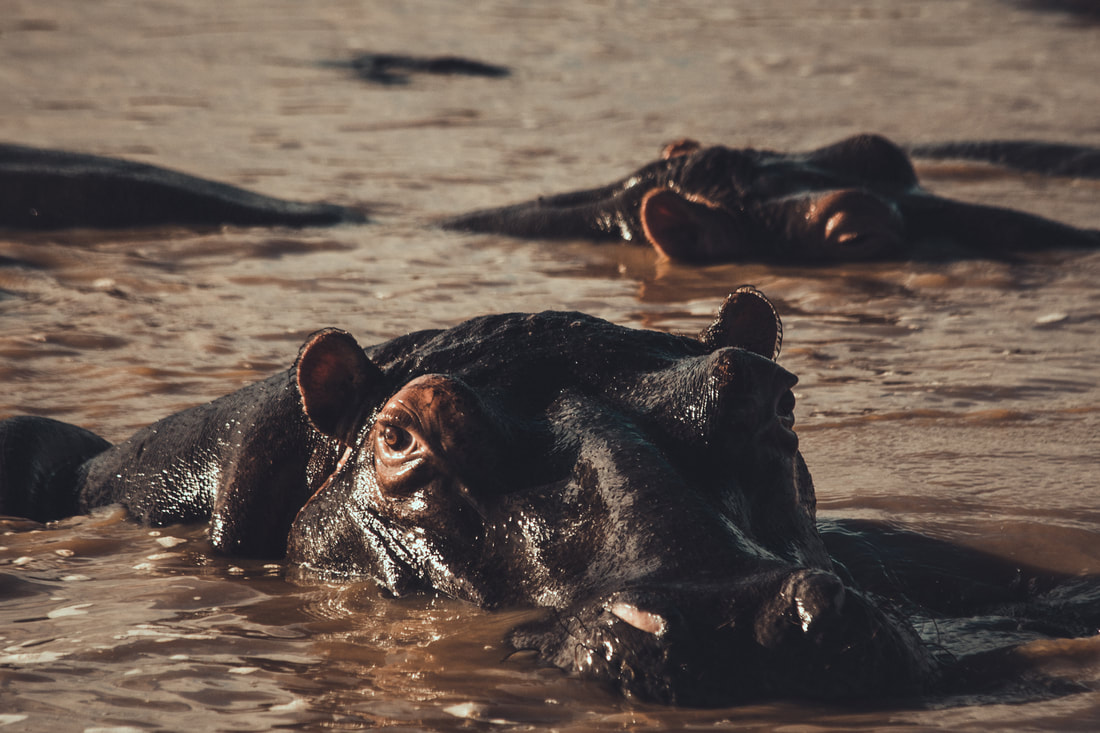
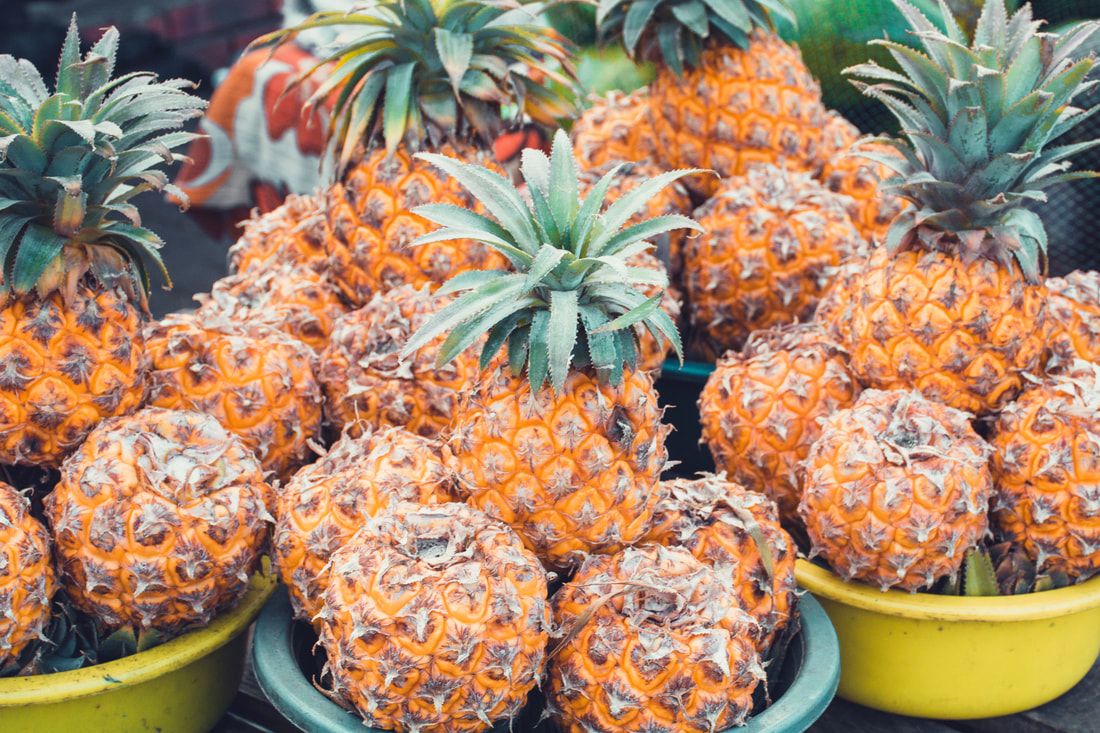
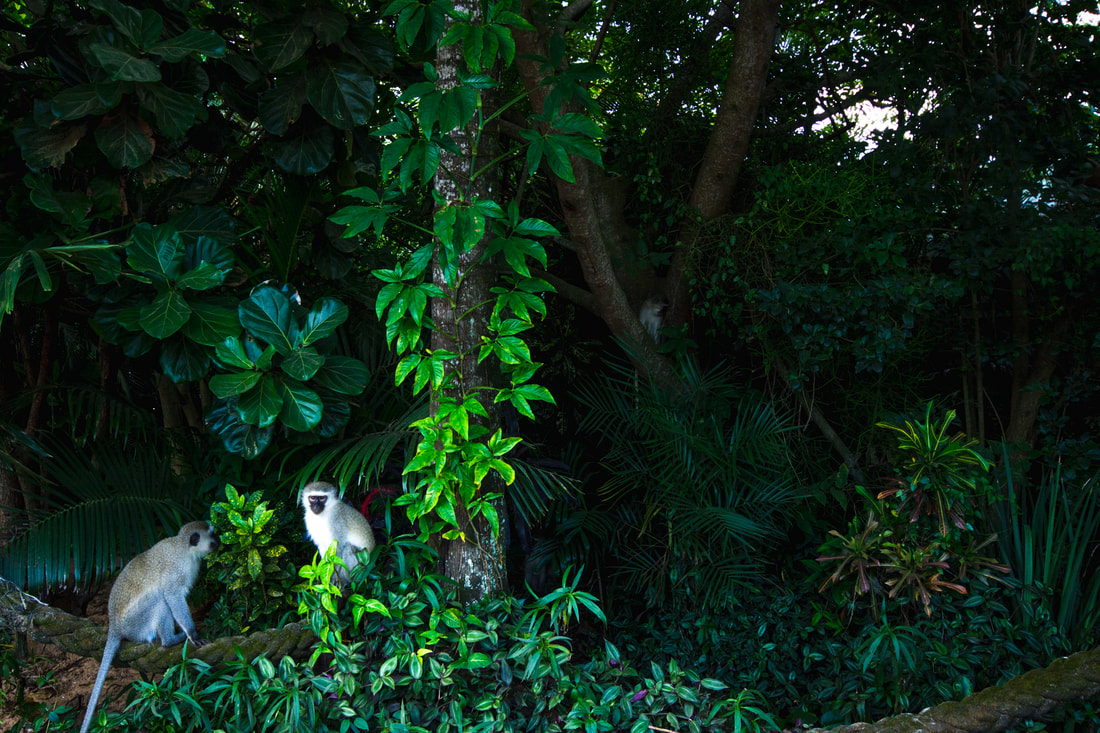
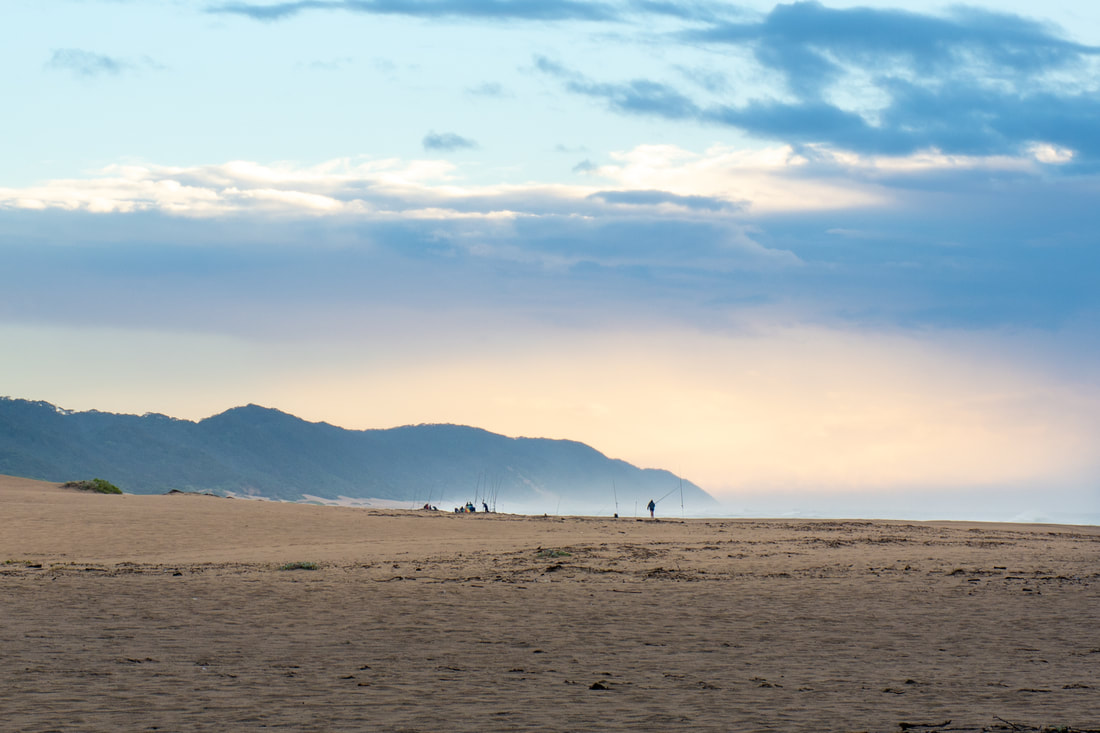
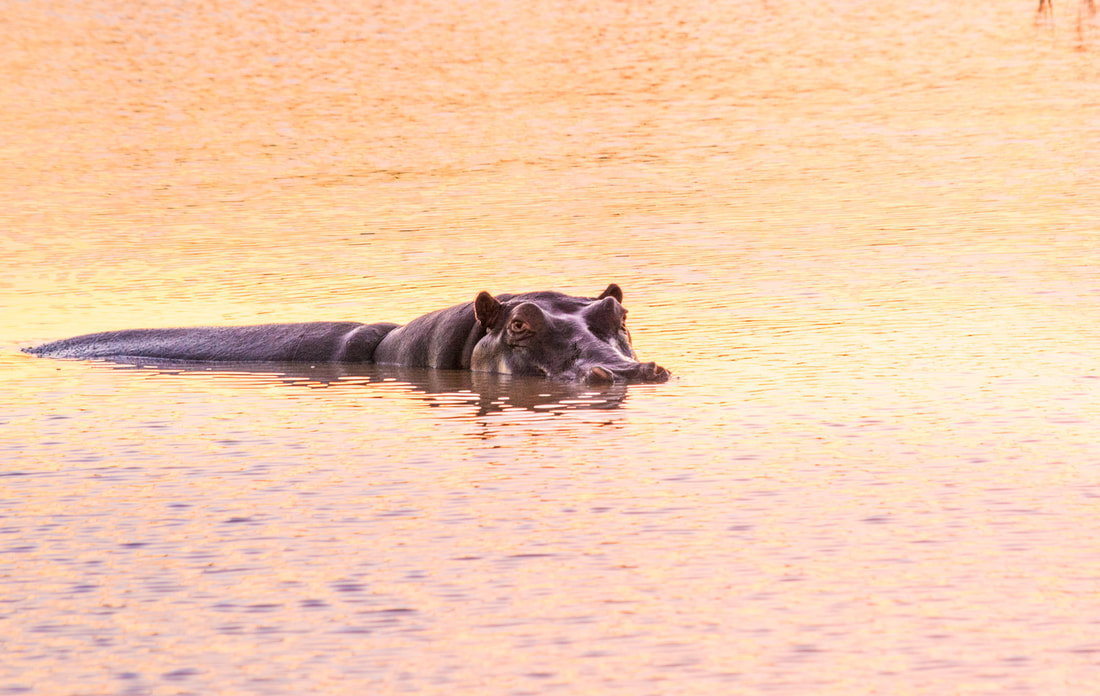
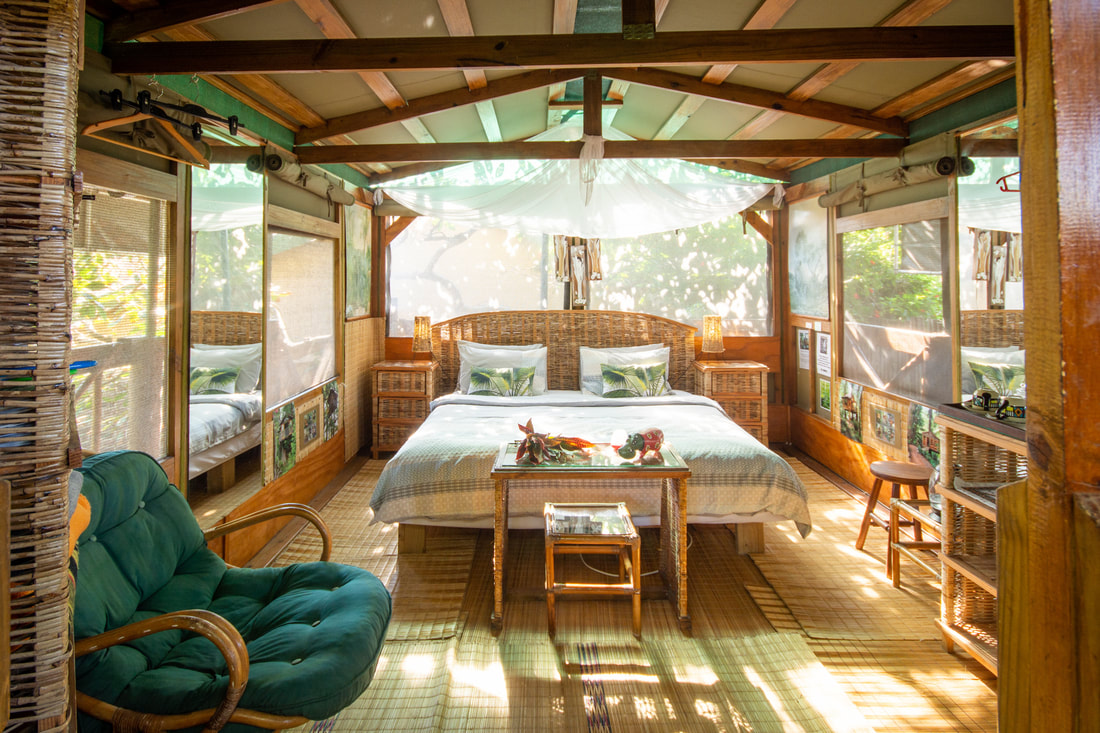
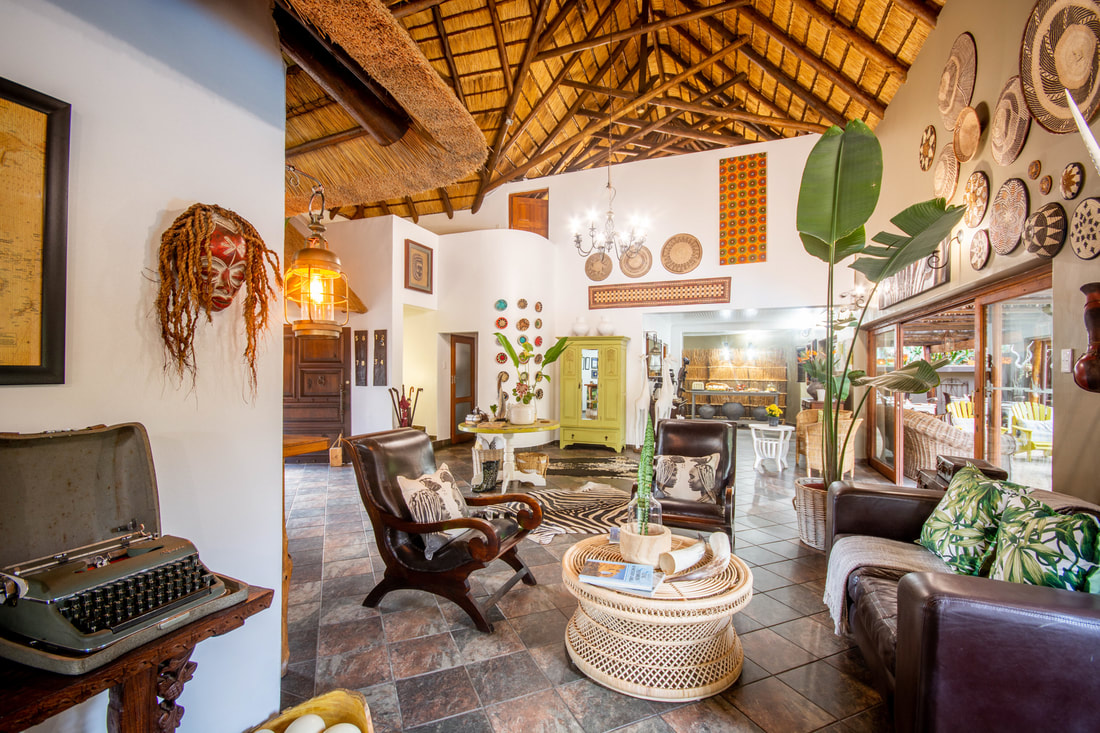
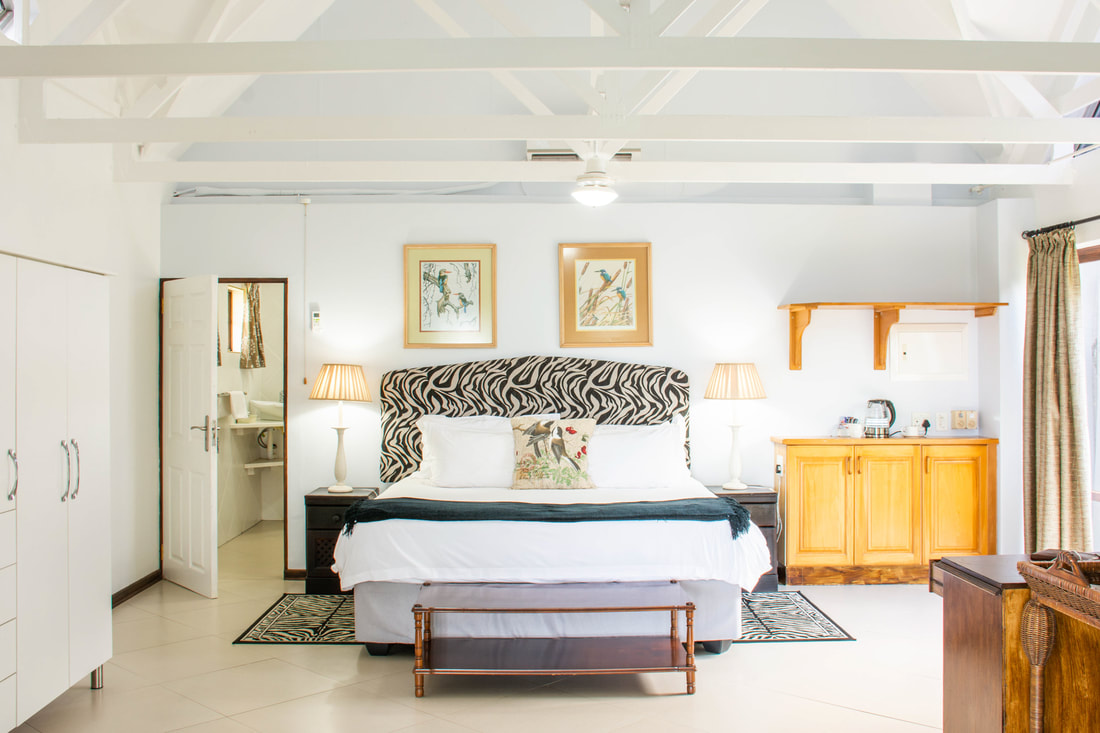
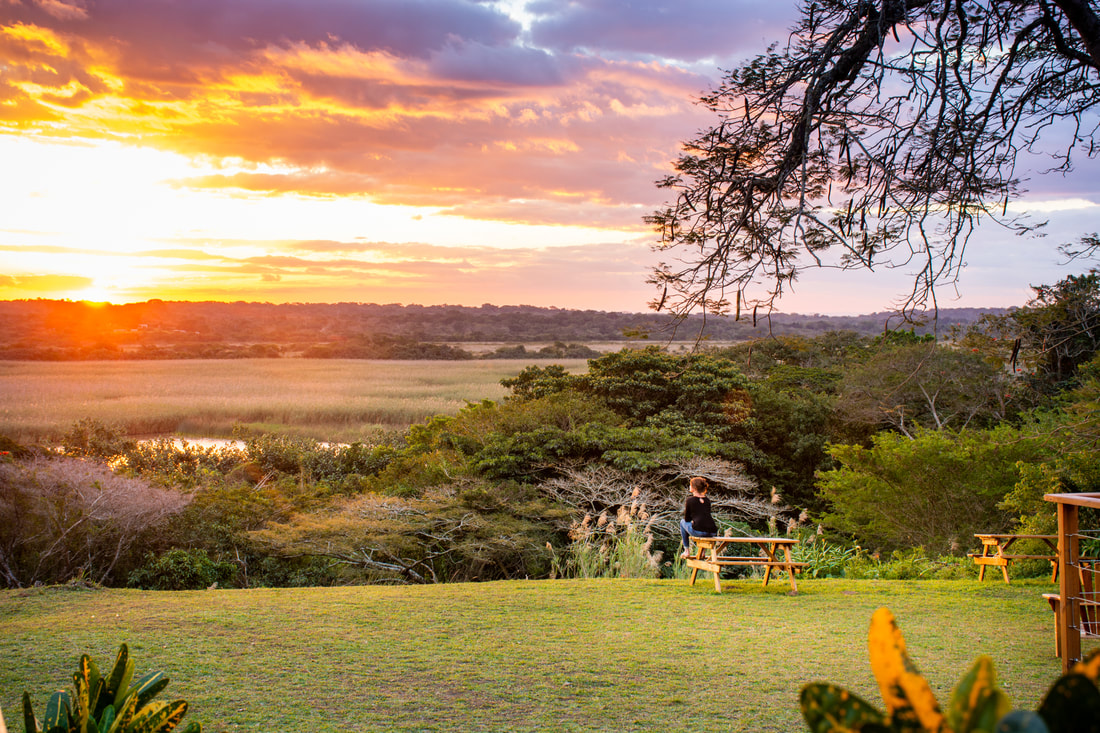

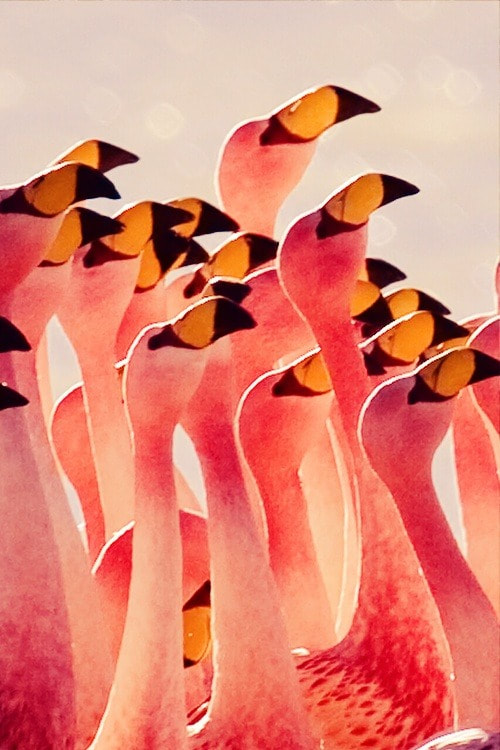
 RSS Feed
RSS Feed
